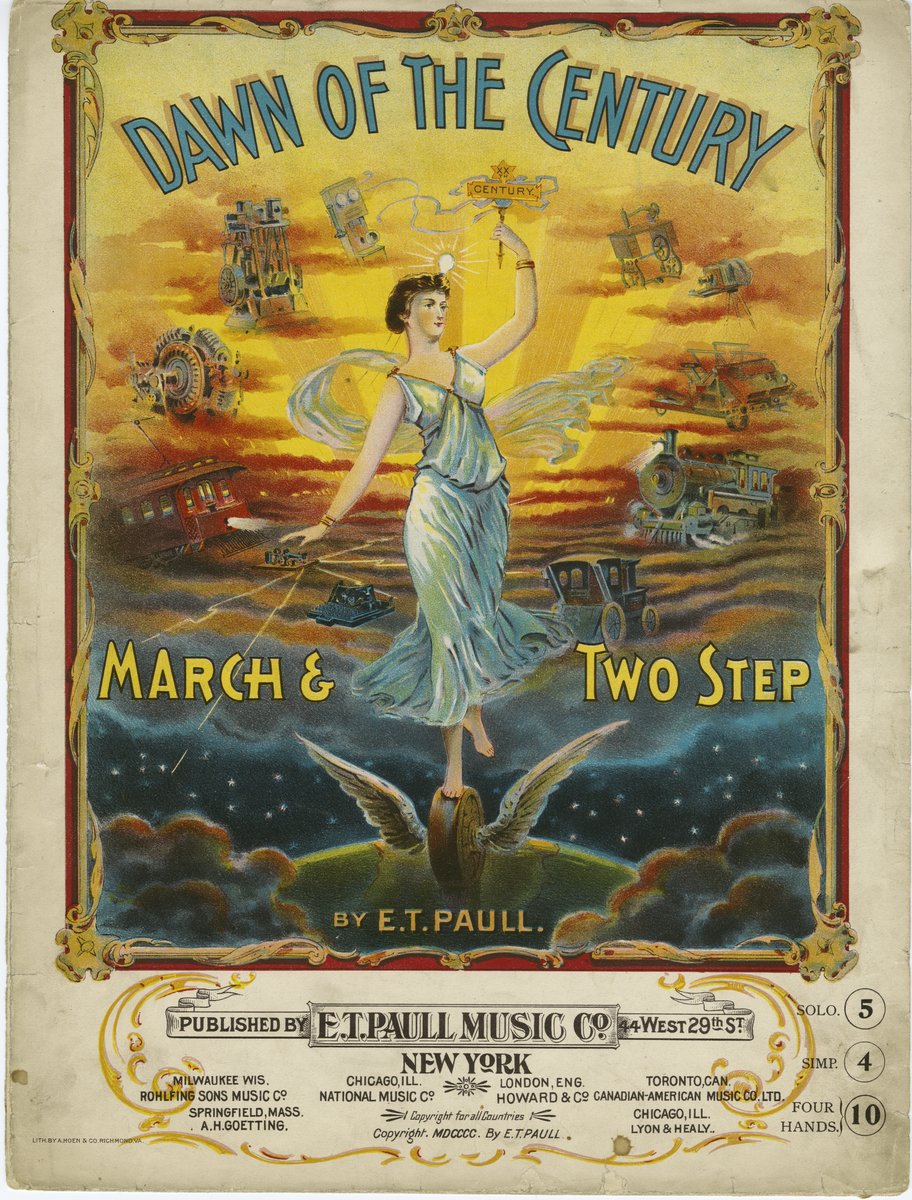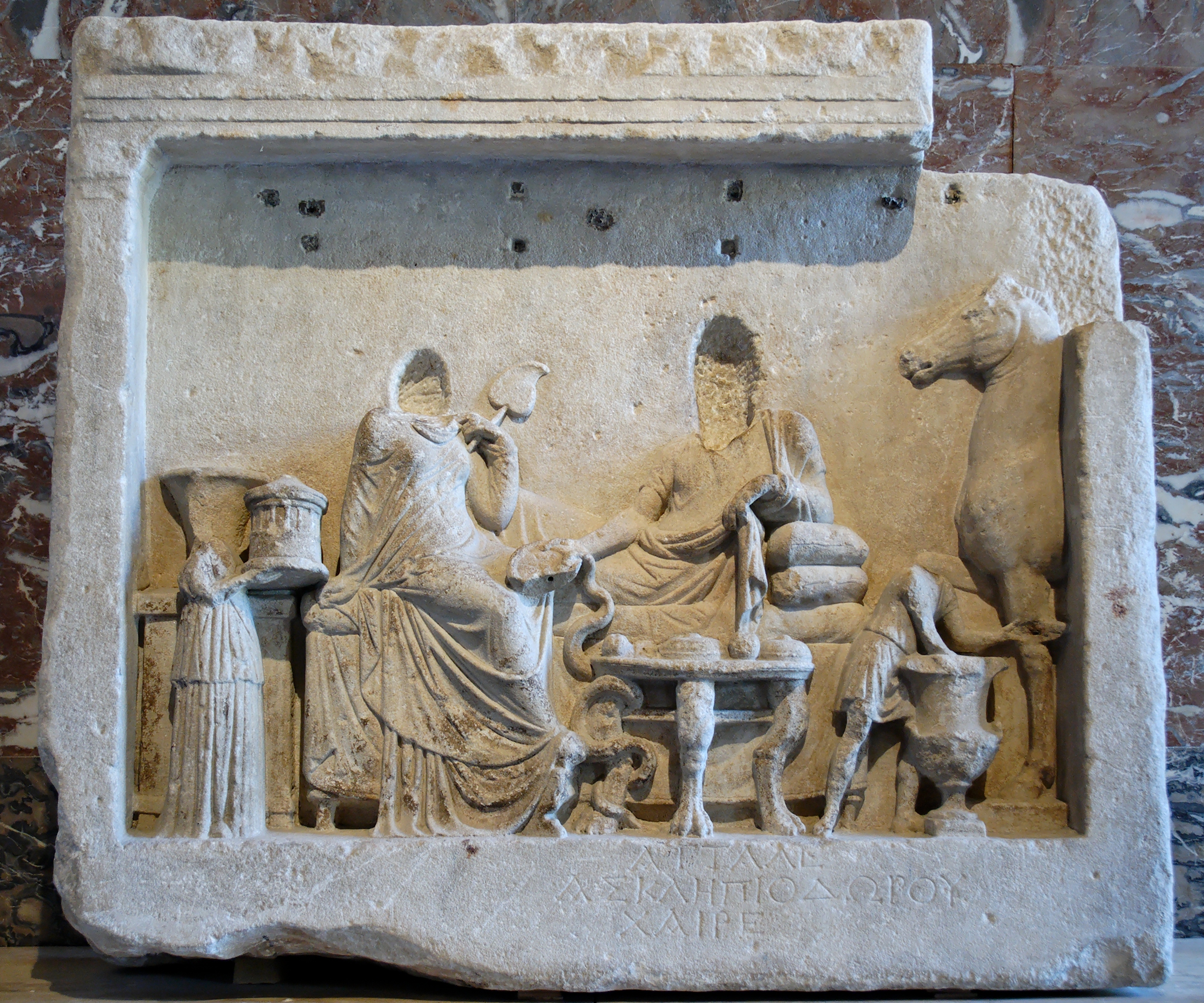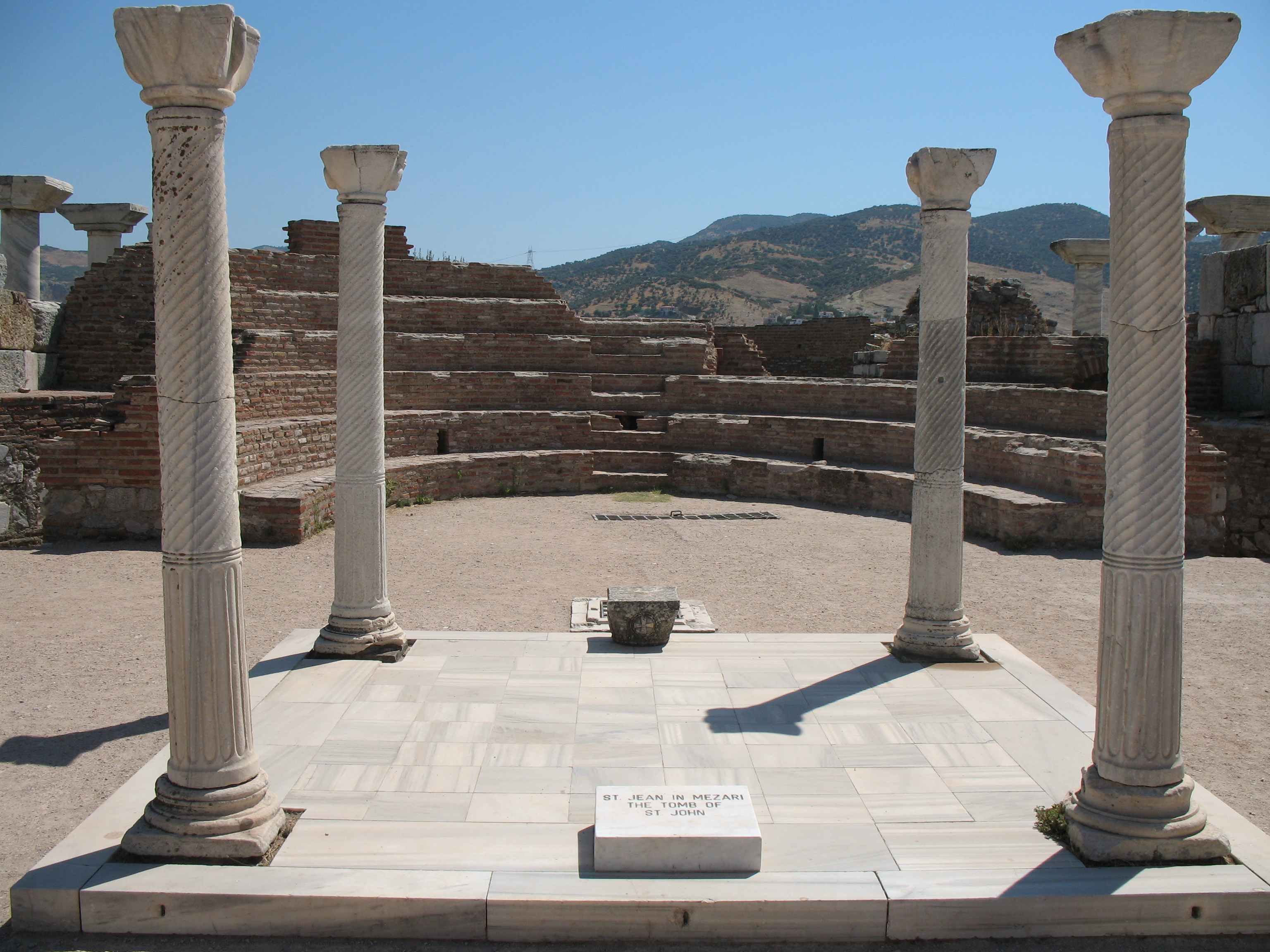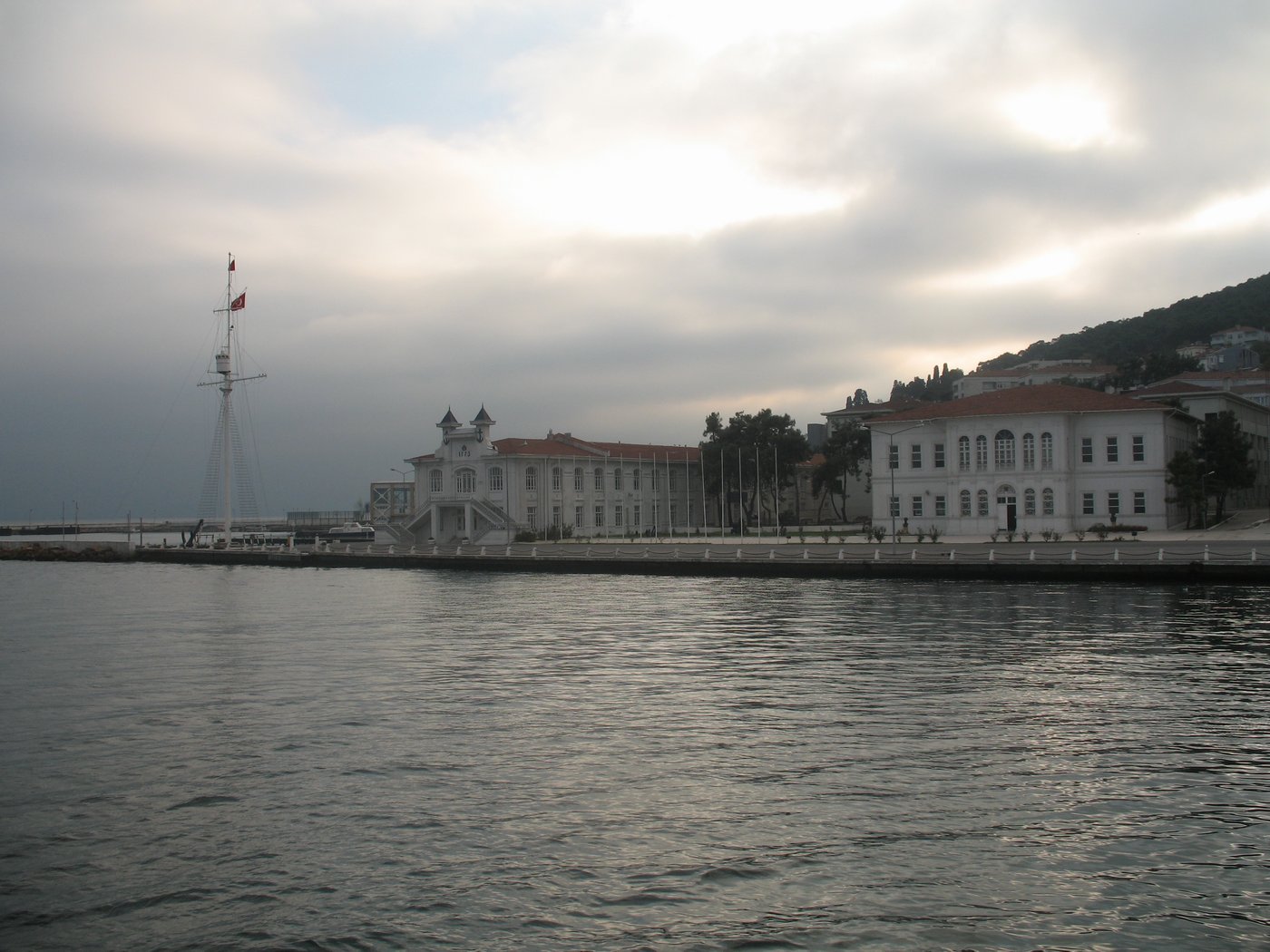|
Patriarch Paisius I Of Constantinople
Paisius I (? – c. 1688) was a two-time Ecumenical Patriarch of Constantinople (August 1, 1652 – April 1653, March 1654 – March 1655). He was previously Bishop of Ephesus and Larissa.Dates selon Venance Grumel, ''Traité d'études byzantines'', « I. La Chronologie », Presses universitaires de France, Paris, 1958, . Life Paisius was born at the turn of the seventeenth century but the exact date of his birth is not known. He was from the Greek island of Lesbos. In a time of great turbulence, he was not particularly distinguished. After his second deposition, he established residence on the island of Halki, having received ''eis zoarkeian'' (that is, without pastoral obligations) the Metropolis of Ephesus and Cyzicus. The date and place of his death is not known, but he likely died at Halki in the late seventeenth century. References Sources * Bibliography * Venance Grumel, ''Traité d'études byzantines'', « I. La Chronologie », Presses universitaires de France ... [...More Info...] [...Related Items...] OR: [Wikipedia] [Google] [Baidu] |
Church Of Constantinople
The Ecumenical Patriarchate of Constantinople ( el, Οἰκουμενικὸν Πατριαρχεῖον Κωνσταντινουπόλεως, translit=Oikoumenikón Patriarkhíon Konstantinoupóleos, ; la, Patriarchatus Oecumenicus Constantinopolitanus; tr, Rum Ortodoks Patrikhanesi, İstanbul Ekümenik Patrikhanesi, "Roman Orthodox Patriarchate, Ecumenical Patriarchate") is one of the fifteen to seventeen autocephalous churches (or "jurisdictions") that together compose the Eastern Orthodox Church. It is headed by the Ecumenical Patriarch of Constantinople, currently Bartholomew, Archbishop of Constantinople. Because of its historical location as the capital of the former Eastern Roman (Byzantine) Empire and its role as the mother church of most modern Orthodox churches, Constantinople holds a special place of honor within Orthodoxy and serves as the seat for the Ecumenical Patriarch, who enjoys the status of '' primus inter pares'' (first among equals) among the world's ... [...More Info...] [...Related Items...] OR: [Wikipedia] [Google] [Baidu] |
Turn Of The Century
Turn of the century, in its broadest sense, refers to the transition from one century to another. The term is most often used to indicate a distinctive time period either before or after the beginning of a century or both before and after. According to the '' Chicago Manual of Style'' online Q&A, there is no common agreement as to the meaning of the phrase "turn of the ''n''-th century." For instance, if a statement describes an event as taking place "at the turn of the 18th century," it could refer to a period around the year 1701 or around 1800, that is, the beginning or end of that century. As a result, they recommend either using only "turn of the century," and only in a context that makes clear which transition is meant, or alternatively to use a different expression that is unambiguous. "Turn of the century" commonly meant the transition from the 19th century to the 20th century; however, as the generations living at the end of the 20th century survived into the 21st cent ... [...More Info...] [...Related Items...] OR: [Wikipedia] [Google] [Baidu] |
17th-century Greek Clergy
The 17th century lasted from January 1, 1601 ( MDCI), to December 31, 1700 ( MDCC). It falls into the early modern period of Europe and in that continent (whose impact on the world was increasing) was characterized by the Baroque cultural movement, the latter part of the Spanish Golden Age, the Dutch Golden Age, the French ''Grand Siècle'' dominated by Louis XIV, the Scientific Revolution, the world's first public company and megacorporation known as the Dutch East India Company, and according to some historians, the General Crisis. From the mid-17th century, European politics were increasingly dominated by the Kingdom of France of Louis XIV, where royal power was solidified domestically in the civil war of the Fronde. The semi-feudal territorial French nobility was weakened and subjugated to the power of an absolute monarchy through the reinvention of the Palace of Versailles from a hunting lodge to a gilded prison, in which a greatly expanded royal court could be more easily ke ... [...More Info...] [...Related Items...] OR: [Wikipedia] [Google] [Baidu] |
Bishops Of Larissa
A bishop is an ordained clergy member who is entrusted with a position of authority and oversight in a religious institution. In Christianity, bishops are normally responsible for the governance of dioceses. The role or office of bishop is called episcopacy. Organizationally, several Christian denominations utilize ecclesiastical structures that call for the position of bishops, while other denominations have dispensed with this office, seeing it as a symbol of power. Bishops have also exercised political authority. Traditionally, bishops claim apostolic succession, a direct historical lineage dating back to the original Twelve Apostles or Saint Paul. The bishops are by doctrine understood as those who possess the full priesthood given by Jesus Christ, and therefore may ordain other clergy, including other bishops. A person ordained as a deacon, priest (i.e. presbyter), and then bishop is understood to hold the fullness of the ministerial priesthood, given responsibili ... [...More Info...] [...Related Items...] OR: [Wikipedia] [Google] [Baidu] |
Bishops Of Ephesus
A bishop is an ordained clergy member who is entrusted with a position of authority and oversight in a religious institution. In Christianity, bishops are normally responsible for the governance of dioceses. The role or office of bishop is called episcopacy. Organizationally, several Christian denominations utilize ecclesiastical structures that call for the position of bishops, while other denominations have dispensed with this office, seeing it as a symbol of power. Bishops have also exercised political authority. Traditionally, bishops claim apostolic succession, a direct historical lineage dating back to the original Twelve Apostles or Saint Paul. The bishops are by doctrine understood as those who possess the full priesthood given by Jesus Christ, and therefore may ordain other clergy, including other bishops. A person ordained as a deacon, priest (i.e. presbyter), and then bishop is understood to hold the fullness of the ministerial priesthood, given responsibility by ... [...More Info...] [...Related Items...] OR: [Wikipedia] [Google] [Baidu] |
Cyzicus
Cyzicus (; grc, Κύζικος ''Kúzikos''; ota, آیدینجق, ''Aydıncıḳ'') was an ancient Greek town in Mysia in Anatolia in the current Balıkesir Province of Turkey. It was located on the shoreward side of the present Kapıdağ Peninsula (the classical Arctonnesus), a tombolo which is said to have originally been an island in the Sea of Marmara only to be connected to the mainland in historic times either by artificial means or an earthquake. The site of Cyzicus, located on the Erdek and Bandırma roads, is protected by Turkey's Ministry of Culture. History Ancient The city was said to have been founded by Pelasgians from Thessaly, according to tradition at the coming of the Argonauts; later it received many colonies from Miletus, allegedly in 756 BC, but its importance began near the end of the Peloponnesian War when the conflict centered on the sea routes connecting Greece to the Black Sea. At this time, the cities of Athens and Miletus diminished in im ... [...More Info...] [...Related Items...] OR: [Wikipedia] [Google] [Baidu] |
Metropolis Of Ephesus
The Metropolis of Ephesus ( el, Μητρόπολις Εφέσου) was an ecclesiastical territory ( metropolis) of the Ecumenical Patriarchate of Constantinople in western Asia Minor, modern Turkey. Christianity was introduced already in the city of Ephesus in the 1st century AD by Paul the Apostle. The local Christian community comprised one of the seven churches of Asia mentioned at the Book of Revelation, written by John the Apostle. The metropolis remained active until 1922-1923. History Early Christianity There had been a Jewish community at Ephesus for over three hundred years when Paul the Apostle visited Ephesus around 53 AD. Paul set out on his third missionary journey in 54 AD. He spent three months teaching in a synagogue in an effort to bring the Jews to accept union with the gentiles in Christianity, but without success. For the next two years he stayed in Ephesus seeking to convert Hellenized Jews and gentiles, and appears to have made many converts ... [...More Info...] [...Related Items...] OR: [Wikipedia] [Google] [Baidu] |
Heybeliada
Heybeliada, or Heybeli Ada, is the second largest of the Prince' Islands in the Sea of Marmara, near Istanbull, Turkey. It is officially a neighbourhood of the Adalar district of Istanbul. Its name, meaning 'with a saddlebag' in Turkish, in supposed reference to the valley between two hills. The island was known as ''Halki'', ''Halkitis'' ( el, Χαλκίτις) and ''Demonesos'' ( Greek: Δημόνησος) in antiquity, the first two toponyms deriving from the Greek word ''halkos'' ( el, χαλκός), meaning copper. The island was famous for its copper and copper ores in antiquity. In winter the island's population is only about 5,500, but in summer, the owners of summer houses return and the population swells to approximately 30,000. Launched in 2008, TCG ''Heybeliada'', used by the Turkish Navy is named after the island. Until 2020, the only vehicles permitted on the island were ambulances, fire tenders, police cars etc; the only official form of transport was b ... [...More Info...] [...Related Items...] OR: [Wikipedia] [Google] [Baidu] |
Lesbos
Lesbos or Lesvos ( el, Λέσβος, Lésvos ) is a Greek island located in the northeastern Aegean Sea. It has an area of with approximately of coastline, making it the third largest island in Greece. It is separated from Asia Minor by the narrow Mytilini Strait. On the southeastern coast lies the island's capital and largest city, Mytilene, whose name is also used as a moniker for the island. The regional unit of Lesbos, with the seat in Mytilene, comprises the islands of Lesbos, Chios, Ikaria, Lemnos, and Samos. Mytilene is also the capital of the larger North Aegean region. The population of the island is 83,068, a third of whom live in the capital, while the remainder is distributed in small towns and villages. The largest are Plomari, Kalloni, the Gera Villages, Agiassos, Eresos, and Molyvos (the ancient Mythimna). According to later Greek writers, Mytilene was founded in the 11th century BC by the family Penthilidae, who arrived from Thessaly and ruled the city-stat ... [...More Info...] [...Related Items...] OR: [Wikipedia] [Google] [Baidu] |
Presses Universitaires De France
Presses universitaires de France (PUF, English: ''University Press of France''), founded in 1921 by Paul Angoulvent (1899–1976), is the largest French university publishing house. Recent company history The financial and legal structure of the Presses Universitaires de France were completely restructured in 2000 and the original cooperative structure was abandoned. Companies that took stakes in PUF included Flammarion Publishing (17% in 2000, 18% currently) and insurer Maaf Assurances (9%, 8% currently). In 2006, another insurance giant Garantie Mutuelle des Fonctionnaires (GMF) injected capital into the PUF, taking a 16,4% stake in the publisher. A similar tendency toward the constitution of an oligopoly has been observed by French newspapers, with titles like ''Le Monde'', ''Libération'' or even ''L'Humanité'' accepting to turn themselves toward private financing. Que sais-je? Almost all French students know the collection '' Que sais-je?'' (a quote from Montaigne ... [...More Info...] [...Related Items...] OR: [Wikipedia] [Google] [Baidu] |
List Of Ecumenical Patriarchs Of Constantinople
This is a list of the Patriarchs of Constantinople. Bishops of Byzantium (until 330) *1. St. Andrew the Apostle (38), founder *2. St. Stachys the Apostle (38–54) *3. St. Onesimus (54–68) *4. Polycarpus I (69–89) *5. Plutarch (89–105) *6. Sedecion (105–114) *7. Diogenes (114–129) *8. Eleutherius (129–136) *9. Felix (136–141) *10. Polycarpus II (141–144) *11. Athenodorus (144–148) *12. Euzois (148–154) *13. Laurence (154–166) *14. Alypius (166–169) *15. Pertinax (169–187) *16. Olympianus (187–198) *17. Mark I or Marcus I (198–211) *18. Philadelphus (211–217) *19. Cyriacus I (217–230) *20. St. Castinus (230–237) *21. Eugenius I (237–242) *22. Titus (242–272) *23. Dometius (272–284) *24. Rufinus I (284–293) *25. Probus (293–306) *26. St. Metrophanes (306–314) *27. St. Alexander (314–337) Archbishops of Constantinople (330–451) *28. St. Paul I ("the Confessor") (337–339) *29. Eusebius of Nicomedia (339– ... [...More Info...] [...Related Items...] OR: [Wikipedia] [Google] [Baidu] |
Venance Grumel
Venance Grumel (born François Grumel on 23 May 1890, La Serraz, Le Bourget-du-Lac, Savoy, France – died 13 August 1967, Paris) was a French theologian and Byzantinist. Biography He was born on 23 May 1890 under the name of François Grumel in La Serraz, in the commune of Le Bourget-du-Lac, in Savoy, France. Orphaned, he began his schooling at the Bocage orphanage, near Chambéry (1895-1902). He joined the Assumptionist, or Augustinians of the Assumption, school of Notre-Dame des Châteaux, in the Tarentaise Valley (1902-1903). Later, he transferred to Mongreno (near Turin) in Italy (1903-1905). Grumel completed his studies in Spain - at Calahorra (1905-1907) and Elorrio (1907). On 11 September 1907, he entered the Assumptionist novitiate of Louvain, Belgium, where took the name of Brother Venance. He made his first vows on 1 September 1908, then his perpetual vows in Gempe, Belgium on 12 September 1909. He took philosophy courses in Rome, where he obtained a degree ( ... [...More Info...] [...Related Items...] OR: [Wikipedia] [Google] [Baidu] |








